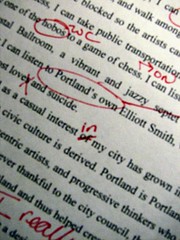Yesterday I shared my presentation on structural self-editing from the 2014 LDStorymakers conference, and today I’m sharing some more resources on the subject—enough to keep you busy for quite a while!
Books I referenced
- Character Arcs by . . . me.
- Story Engineering by Larry Brooks
- Structuring Your Novel: Essential Keys for Writing an Outstanding Story by K.M. Weiland
- Save the Cat! by Blake Snyder
- Elements of Fiction Writing – Scene & Structure by Jack Bickham
- Techniques of the Selling Writer by Dwight Swain
Blog posts
- Last year’s presentation on character arcs (with more links to posts on that topic)
- Using “because” to dig into your theme
- Story structure overview
- Save the Cat! overview by Ali Cross
- Creating a story map or EKG for your story & how to fix areas of low tension!
- Scene structure & sequel structure
- More on scene goals
- Using a scene chart
- Motivation/reaction units (MRUs), a guest post by me at Donna Weaver’s blog
Other resources
Seven-point story structure by Dan Wells on YouTube—each video is about 10 minutes
What are your favorite resources on story structure?
Tomorrow: my presentation on gesture crutches!

